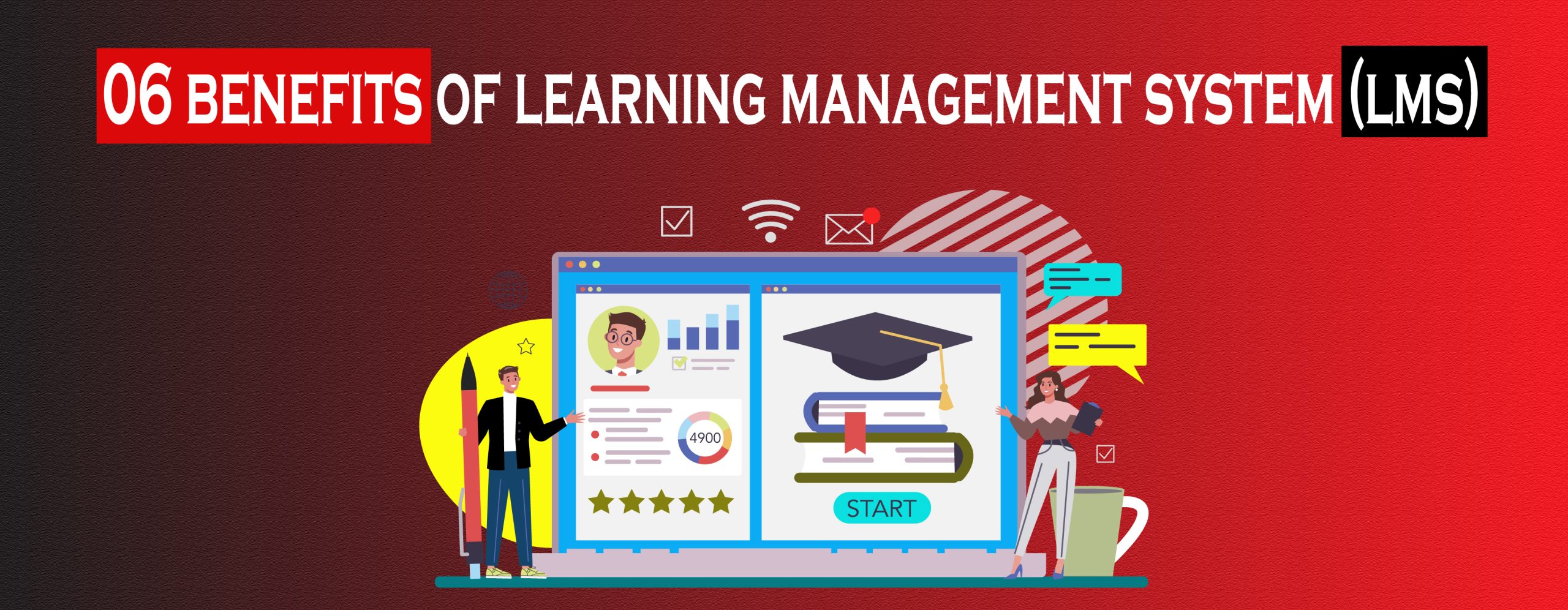
Learning Management Systems (LMS) usage has become widespread in educational institutions, allowing them to keep up with the hyper-connected and continuously changing world while also meeting their swiftly changing needs. For the convenience of students, educators, and administrators alike, LMS provides a streamlined and integrated eLearning platform. Since the epidemic, there has been a greater trend toward the use of LMS systems. The LMS global market saw a 23.8% gain in 2020, which was significantly higher than the growth rate on average from year to year. In this article we are going to discuss about the details of LMS.
A learning management system (LMS) is a piece of software that enables a company to keep all training-related materials in storage, manage them, deliver them, and keep track of them. An LMS facilitates e-learning for both a business and its students, and it can boost enrollment and engagement rates. Many top web development companies out there to help you develop the best LMS for you.
Examples: iSpring Learn, Moodle, SAP Litmos , Canvas LMS, Blackboard Learn.
An LMS offers many other advantages to both business owners and employees, in addition to streamlining an organization’s training and e-learning procedures.
Since e-learning is self-directed, students can learn whenever it is most convenient for them, and everything is easily and rapidly available through an LMS. Additionally, it helps administrators organise training sessions more quickly. The time it currently takes for your staff to travel to and from your classroom, training facility, or headquarters can then be taken into account. When applied across your entire workforce, even a 40-minute round-trip adds up to a significant amount of time spent away from regular tasks.
An LMS will cost your company money, either in the form of subscription fees or in resources if handled internally. E-learning is far more cost-effective than in-person training, which can be both expensive and time-consuming to organize. You are wasting numerous work hours. It is significantly more expensive than simply using a laptop or phone at a time and location that works for each learner.
The top learning management systems enable you to monitor student progress and make sure they are achieving their performance goals. For instance, if an online learner is unable to complete an eLearning scenario, you can provide them with additional materials to help them do better or change their learning habits. You can identify areas of your eLearning course that might be deficient as well as where it excels using reporting and analytics tools that are available in the majority of learning management systems.
Elearning’s interactivity is a characteristic that raises engagement. Instead of simply listening to a lecturer as is customary in a classroom setting, trainees are encouraged to actively participate in training by actively responding to questions, engaging in group discussions, and engaging in competition-style activities. A learner-centered strategy produced a more engaging learning experience and helped students achieve better course completion results.
The development of blended and hybrid learning has significantly altered the typical classroom experience. With blended learning, students can attend lectures in person while also supplementing their education with readings from the LMS. Readings, notes, lectures that were videotaped, lesson plans, and much more could be included in the learning management system content. On the other side, hybrid learning gives students even more flexibility by enabling them to attend classes in person or online and supplement that with course material on an LMS. You can access the online courses directly from the LMS. Students are free to choose how they want to show up for class. Due to the flexibility, it is simpler for students to maintain their attendance, and should the campus need to close for any reason, the course schedule is not disrupted.
A crucial activity that frequently guarantees that training programs and procedures are up to par is compliance with existing legislation. The finest LMSs provide capabilities that make it simpler and more effective to meet compliance standards through automated processes. Newer systems automatically update courses to reflect compliance rather than recalling and sending out outmoded copies.
LMS is also more affordable because it eliminates typical training expenses like travel, lodging, venue, and printed materials. Although the initial outlay may be high, if executed properly and built in accordance with predetermined criteria, much like other IT investments, it can result in long-term cost savings. By choosing open source or SaaS, which may properly fulfil training demands, startups and smaller businesses can profit from LMS with less of an investment. In today’s global workforce, when mobility is the norm and actual distance is now only a matter of network reach, training systems should be just as adaptable in how they connect with their workers. LMS will have a significant impact on ensuring that all employees have access to training.
